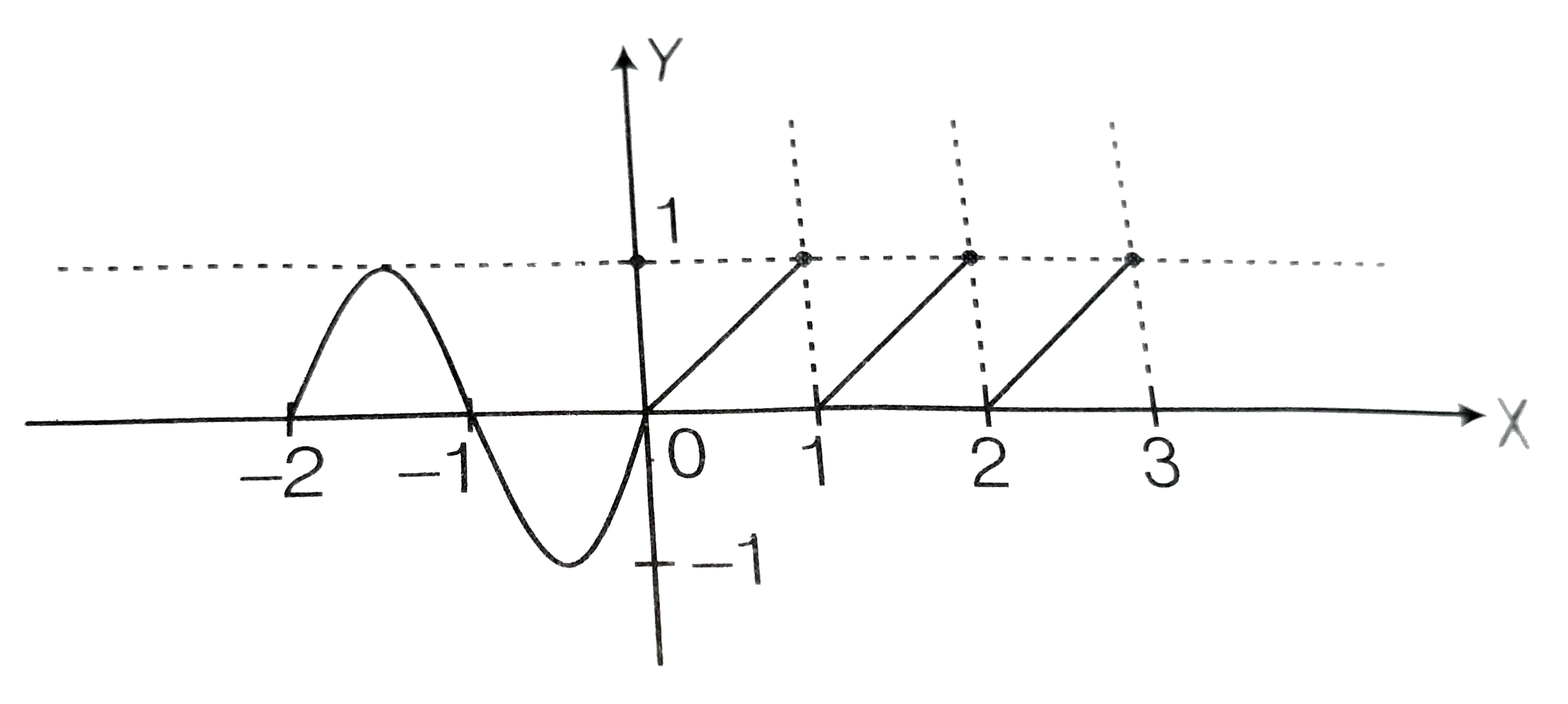For the function g whose graph is given. Arrange the following numbers in increasing order and explain your reasoning.
g(0),g'(−2),g'(0),g'(2),g'(4)


From the graph, the value of f(0) = 0.
Also tangent to y=g(x) atx=0 makes an obtuse angle with the positive x - axis, hence g'(0)<0.
The measure of acute angle of inclination with the positive x - axis for tangent at x=−2,x=2,x=4 is in decreasing order.
Hence g'(−2),>g'(2)>g'(4).
Thus, values in increasing order are g'(0)<g(0)<g'(4)<g'(2)<g'(−2).
Topper's Solved these Questions
- GETTING STARTED WITH GRAPHSBOOK - CENGAGECHAPTER - GETTING STARTED WITH GRAPHSEXERCISE - Exercise
18 Videos
- FUNCTIONSBOOK - CENGAGECHAPTER - FUNCTIONSEXERCISE - Question Bank
30 Videos
- GRAPH OF INVERSE TRIGONOMETRIC FUNCTIONSBOOK - CENGAGECHAPTER - GRAPH OF INVERSE TRIGONOMETRIC FUNCTIONSEXERCISE - Exercise
18 Videos
Similar Questions
Knowledge Check
In the xy-plane, the graph of the functions g has zeros at -4, 2, and 4. Which of the following could define g?
Ag(x)=(x−4)(x−2)(x+4)Bg(x)=(x−4)2(x−2)Cg(x)=(x−4)(x+2)(x+4)Dg(x)=(x+2)(x+4)2
(x) and g(x) are two functions whose graphs are given as
View SolutionConsider the following function f whose graph is given below.

Draw the graph of following functions.
(g) 2f(x)
View SolutionConsider the following function f whose graph is given below.

Draw the graph of following functions.
(g) 2f(x)
View SolutionArrange the following solutions in increasing order of their osmotic pressures .
(i)34.2 g/litre surcrose
(ii)60 g/litre of urea
(iii)90 g/litre of glucose
(iv)58.5 g/litre of sodium chloride
View SolutionTwo functions f & g have first & second derivatives at x=0 & satisfy the relations, f(0)=2g(0),f'(0)=2g'(0)=4g(0),g(0)= 5 f(0)=6f(0)=3 then-
View SolutionLet g(x) be a function satisfying g(0) = 2, g(1) = 3, g(x+2) = 2g(x+1), then find g(5).
View SolutionLet g(x) be a function satisfying g(0) = 2, g(1) = 3, g(x+2) = 2g(x+1), then find g(5).
View Solution
